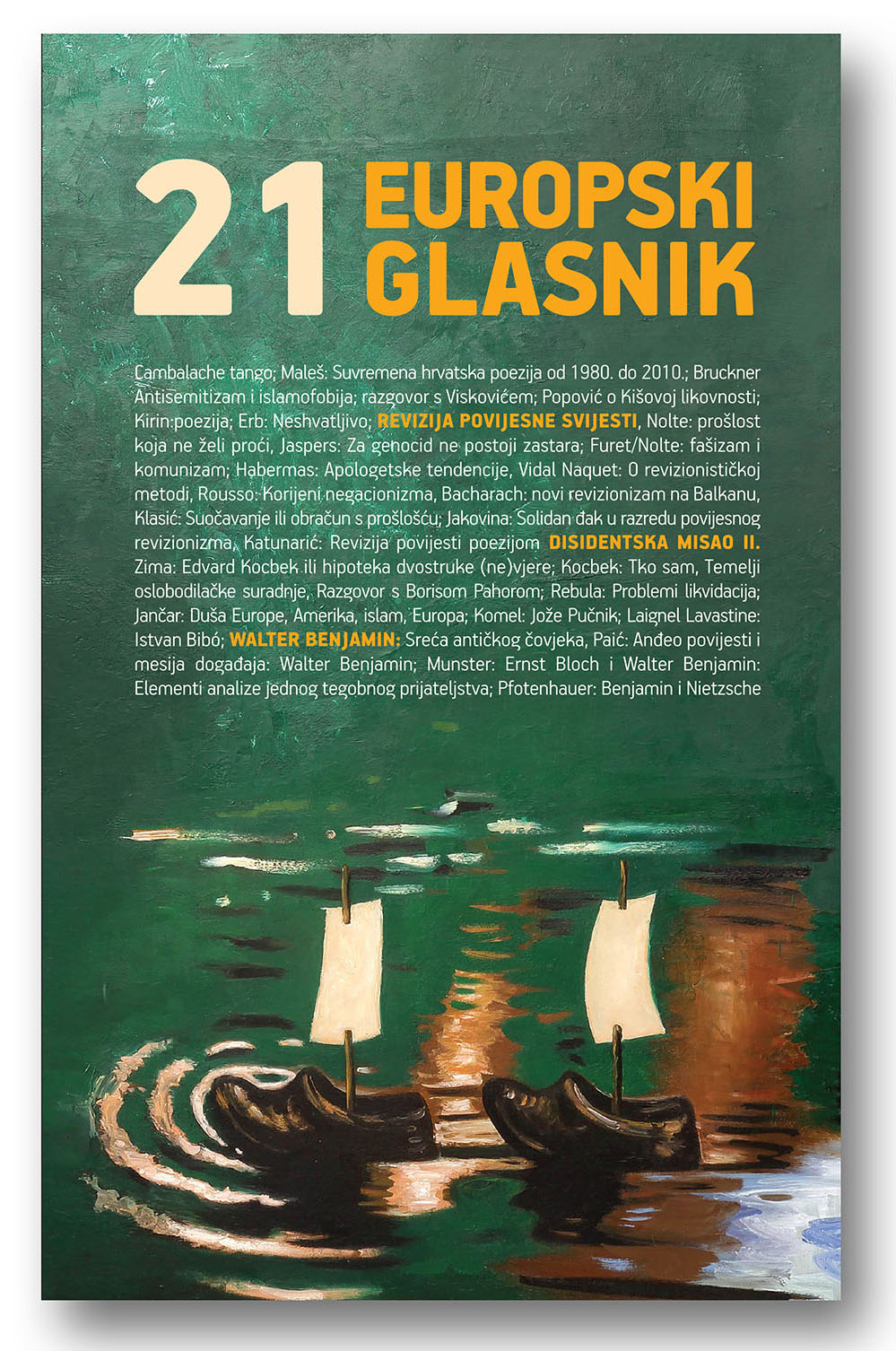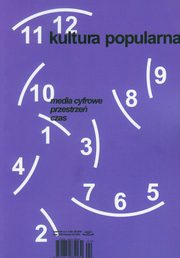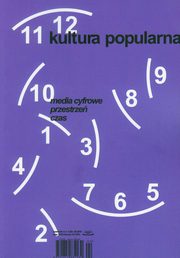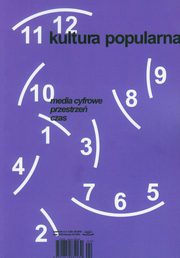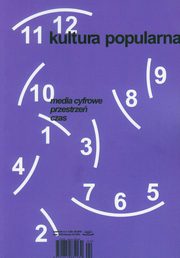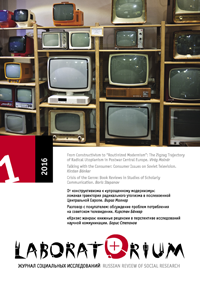
Il’ia Kukulin. Mashiny zashumevshego vremeni: Kak sovetskii montazh stal metodom neofitsial’noi kul’tury. Moscow: Novoe literaturnoe obozrenie, 2015.
Review of: Alexandra Smith - Il’ia Kukulin. Mashiny zashumevshego vremeni: Kak sovetskii montazh stal metodom neofitsial’noi kul’tury. Moscow: Novoe literaturnoe obozrenie, 2015. 535 pp. ISBN 978-5-4448-0245-8.
More...
